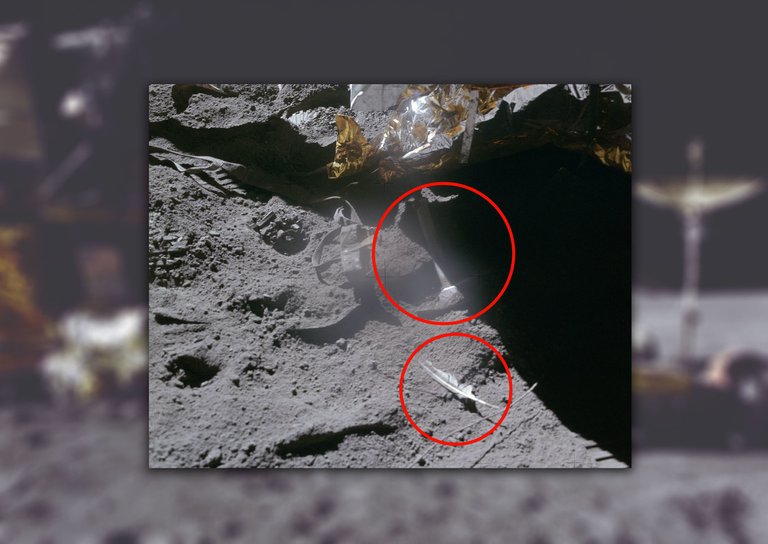
There are anecdotes of space missions that are in a certain background and worth remembering, like that of the photo that astronaut Charlie Duke left on the Moon. But what Commander David Scott did in the Apollo 15 mission was not to leave a memory there, but to pay homage to Galileo on the lunar surface.
Galileo Galilei was an important scientist in the late sixteenth and early seventeenth centuries, especially in the fields of physics and astronomy. Work that at the time was neither easy nor completely grateful to her, and that more than 300 years later she was honored more than 380,000 kilometers from her native Italy by one of the lucky human beings who has walked on the Moon, and in a way very curious
Science live from the Moon
When the human being noticed that the globe was too small and decided to leave it, the laws of physics were already established and with regard to dynamics and kinematics what remained was to apply the formulas and everything went well. But once this was achieved and landed, Scott had a little media ace up his sleeve.
On the Moon there is a weaker gravity (one sixth of the acceleration of the Earth), but what there is not is atmosphere, and therefore there is no air resistance. Therefore the conditions are met so that before a fall there is no resistance force from the air, and therefore two objects released from the same height should touch the ground at the same time.
To prove it, Scott took a geologist's hammer of 1.32 kilograms and a hawk pen of about 30 grams. He held both at the same height (about 1.6 meters) and dropped them, fulfilling what physics should happen (and showing live on television).
In my left hand I have a pen, in my right hand I have a hammer. I suppose one of the reasons we have been able to get here is because a gentleman named Galileo made a very significant discovery about the fall of objects in gravitational fields, and what better place to confirm his findings than on the Moon.
So we thought about showing it here for you [the audience] (and the pen had to be a hawk, for our Falcon [one of the modules of the mission]). I'm going to release them from up here and, hopefully, they'll fall to the ground at the same time [drop them]. What do you think? Galileo was right.

The sympathetic tribute was even included in the mission report, although in a humorous tone explaining that having observed the check was somewhat "reassuring" given that the return trip was based specifically on the fact that this theory was valid, given that It was the first mission that would fly a trajectory to the Moon that was not free to return.
Because we owe you, Galileo
If Galileo sounds to us it is because his contribution to science was key to progress in it, both for his work and for the fact of favoring the consolidation of the scientific method. It was so valuable that with this frustrated experiment story, Commander Scott decided to dedicate this curious and endearing moment to him.

Thus, as we have said before, it was in the Apollo 15 mission, which in itself was quite special and important for this aspect of the trajectory of no return and to have improved vehicles that allowed longer stays (about three days, when in the previous one it was more than a day and a half), being in fact the first mission that had a Lunar Roving Vehicle (an SUV) traveling 28 kilometers with him.
It is precisely during these days the 46th anniversary of the mission, since it happened from July 26 to August 7, 1971, so it is not bad to remember its relevance and this nice and scientific tribute.
Great footage on the moon - thank you for sharing!
Would you care to elaborate on the "trajectory of no return"-part? Tried reading a bit at wikipedia as well as checking google, but no success.
read this post is to leave https://steemit.com/astronomy/@ferojas01/your-name-can-reach-the-sun-if-you-send-it-to-this-address